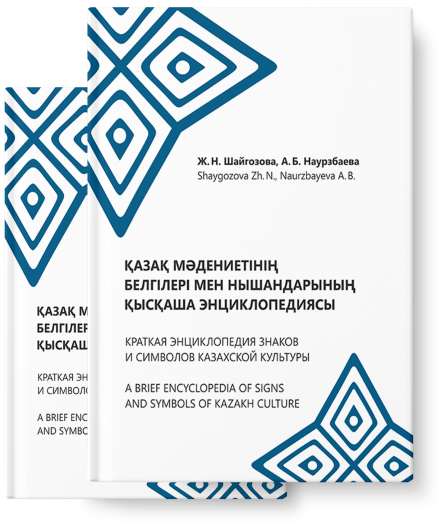
A short encyclopedia of
Signs and symbols of
Kazakh culture

Numerous ethnographic data prove that the Kazakhs in ancient times made tūl during their traditional funeral and memorial rituals.
A tul is an image of the deceased made from the deceased’s clothing or as a wooden skeleton with outer clothing and a hat. Usually, a tūl was placed above the marriage bed. According to E.N. Zhanpeisov [7], the etymology of the word “tūl” correlates with the terms – appearance, external appearance. Experts believe that making a tūl was already common among the ancient Turks. However, in such cases the clothes were put on the tul in reverse (for example, hats). At the end of the 19th century this custom was overhauled and simplified: the clothes, saddle and armor of the deceased were hung directly on the bars of the yurt.
A tūl is a symbolic substitute for the deceased, whose soul needs the ritual help of the living. Performing rituals with a proxy of the deceased is common among many peoples [10] and symbolizes the boundary with the afterlife. If the proxy is dressed upside down or inside out, this is considered a sign of another, otherworldly world.

